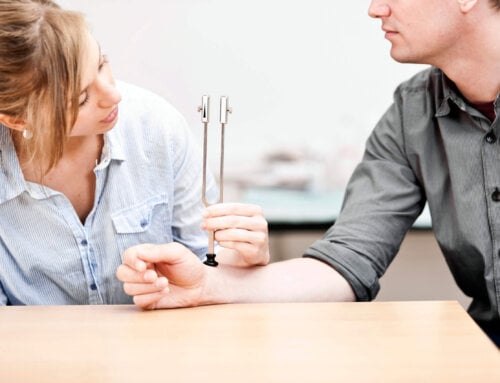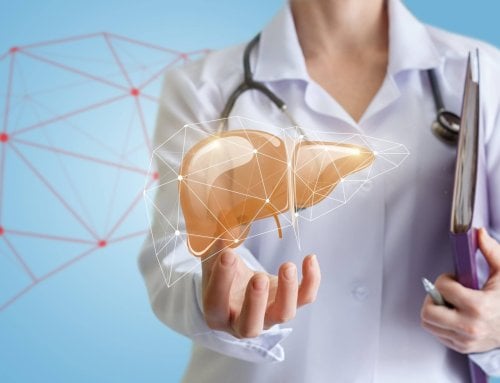During my week of teaching patients at an accredited diabetes program, I realized that many of them deal with multiple conditions that are commonly related to diabetes. Often, they are unfamiliar with these other ailments and I’d like to share what they may be experiencing or have experienced in simple terms. It is possible that you have heard these words as well and may not really have a good understanding of what they are. Hopefully, we can clear that up for you.
- Gout – This week alone, four patients were experiencing an acute episode of gout and several more had included gout or chronic gout as part of their previous medical history. Gout and diabetes are much related and more than 8 million people in the United States have gout. Research has shown that insulin resistance can have a role in developing gout and that gout can increase insulin resistance (the insulin is available but not working as it should). A theory is that in diabetes, poor circulation can lead to the inability to get rid of excess uric acid and cause gout. New studies show that elevated uric acid in the blood, above 6 mg/dl, is associated with a 20% increase in diabetes. No one is sure which condition comes first, but they know that they are connected.
- What is gout? It is a form of arthritis caused by an increased amount of uric acid in the blood. Urate is formed when the uric acid level climbs and these crystals collect in the joints. They can cause excruciating pain, redness and swelling in the joints which frequently starts during your sleep. The most intense pain comes in the first 24 hours and an episode can last up to 10 days. Even light touch can seem extremely uncomfortable. The most common joint affected is the big toe but crystals can also collect in the knees, hands, wrists or other joints. If not treated, permanent joint damage can take place. Crystals can also appear in the kidneys when diabetes is out of control and renal function is reduced. The ability of the kidneys to remove uric acid is lowered and certain types of kidney stones are formed.
- Who gets gout most often? It is dependent on your family history (like diabetes), seen more commonly in men between 40-50 and women after menopause. Also, those who take a daily 81mg of baby aspirin, take thiazide diuretics, are obese, have high blood pressure, diabetes or elevated cholesterol. It is higher in those who have more than two drinks of alcohol per day (for men) or more than one alcoholic beverage daily (for women). It is seen more frequently in those who live an unhealthy lifestyle which is lacking in exercise and smart eating habits. Similar traits are seen in diabetes as well. Another risk factor is a high purine diet known as the “diet of the king’s” including red meat, shellfish, oily fish, and organ meats. Vegetables including cauliflower, asparagus, mushrooms and beans are also high in purine.
- Treatment – Checking with your physician is critical so that proper medical management can be started. Several classes of medication are available to help with the symptoms.
- Prevention – Trying these suggestions which are also helpful in diabetes management can possibly reduce your episodes of gout. Include increasing your daily water intake and reduce the portions of red meat (including beef, lamb and pork). Substitute whole grains for refined and processed foods, add foods with vitamin C like citrus or take a vitamin C supplement. Choose foods with dark blue and purple colors including grapes, berries and cherries in moderate amounts. Do not smoke. Also, include some form of daily exercise. And be sure to maintain a reasonable weight.
Gout is just one condition that is often seen in patients with diabetes.
I will try to keep you up to date on some of the other common ones in a diabetes practice. Stay informed!
NOTE: Consult your Doctor first to make sure my recommendations fit your special health needs.












Leave A Comment